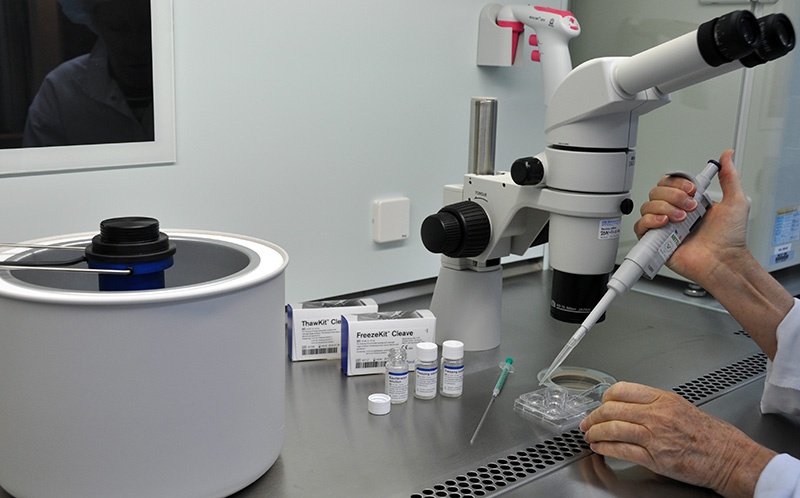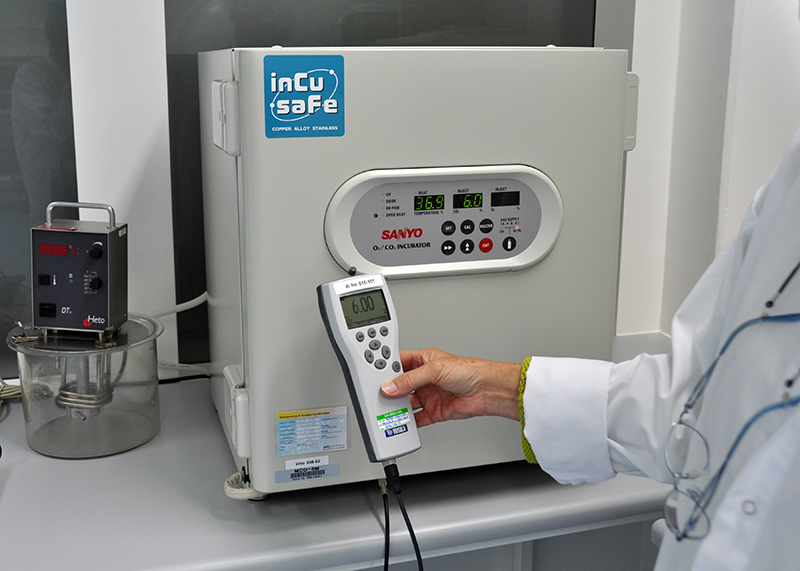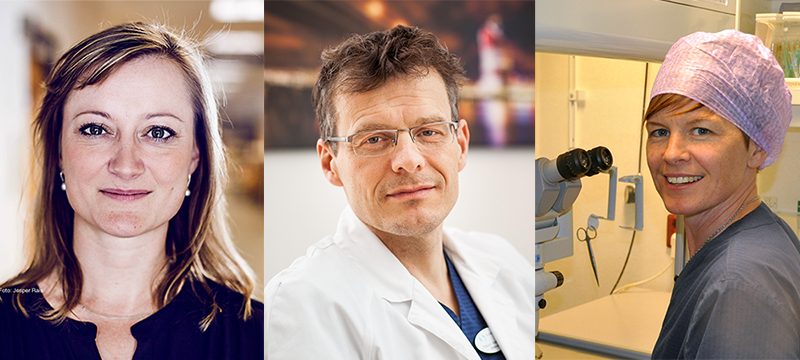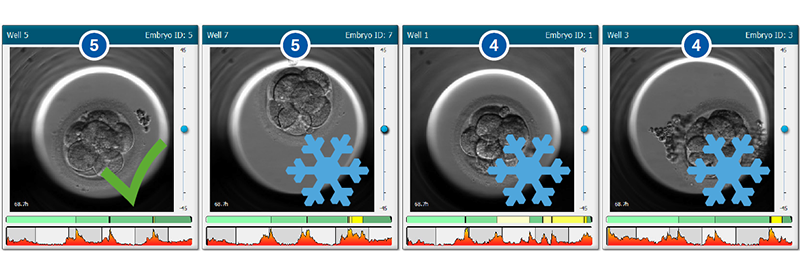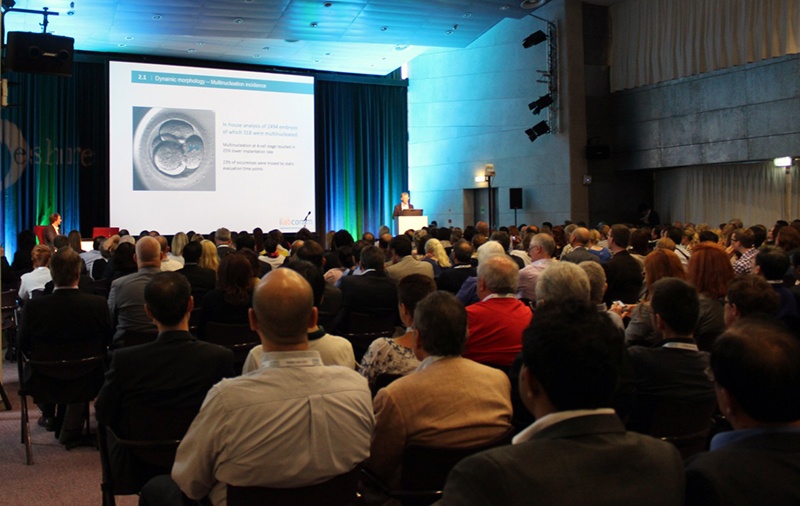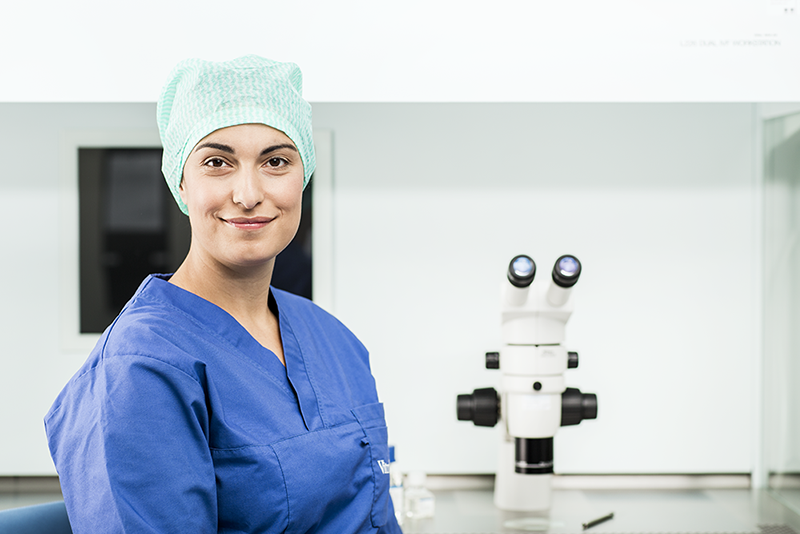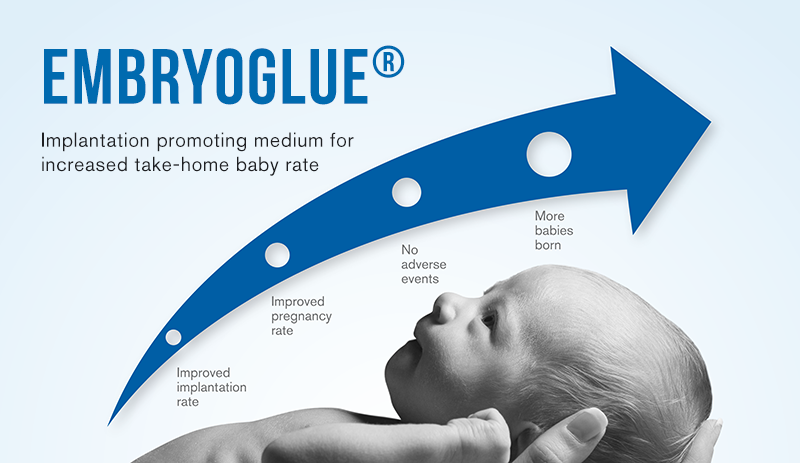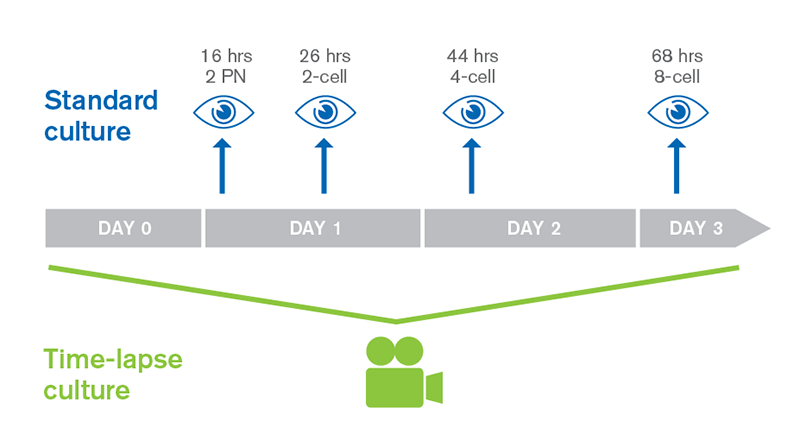Does slowfreezing still have a role in cryopreservation in assisted reproduction?
By A/Prof David Edgar, Oct 14, 2015
Associated Professor David Edgar is the scientific director at Melbourne IVF in Australia, with extensive experience in the field of assisted reproduction. One of his focus areas is how to optimise the ability of embryos to survive cryopreservation. In this blog post he discusses the question about the role of slowfreezing in assisted reproduction.
How to secure your culture system when introducing a new type of culture media
By Jaco Terblanche, Sep 29, 2015
Temperature, pH and osmolality are some of the most important parameters to take into account during In Vitro embryo culture. In any good quality management system these parameters, amongst others, should be monitored and regulated on a regular basis to ensure optimal culture conditions are maintained. In this blog post I will specifically highlight the importance of pH and its relation to CO2 measurements for successful results in IVF.
Vitrolife Grant awarded to Nordic scientists for project “Novel methods of assessing human embryo viability”
By Vitrolife, Sep 1, 2015
How a decision support tool based on known implantation data can enhance embryo selection
By Dr. Markus Montag, Aug 20, 2015
With the introduction of time-lapse technology, the field of assisted reproduction takes a leap forward. Time-lapse monitoring systems present a significant step in improving IVF treatment on all levels. Time-lapse technology introduces new opportunities in the clinic for improved workflow, quality control and communication between embryologists, clinicians and patients.
But most importantly, time-lapse has developed into a powerful and well-proven method for ensuring undisturbed culture of embryos, while providing invaluable detailed insight into embryo development. With this, time-lapse allows more informed decisions in embryo selection compared to conventional microscopy. In this blog post, I will discuss how a decision support tool can help you enhance your embryo selection from the information obtained with time-lapse imaging.
Thoughts and reflections from ESHRE 2015
By Vitrolife, Jun 26, 2015
Once again we have visited ESHRE, the annual meeting for European Society for Human Reproduction and Embryology, the biggest event in the field of IVF. Together, the Vitrolife team covered most of the sessions and listened to many interesting and sometimes provoking presentations. In this blog post we will share some of our thoughts from this year’s meeting in Lisbon, Portugal.
As ESHRE is approaching, you may be getting your presentations ready. With up to 10,000 people expected to attend, how do you make your talk stand out? By making it memorable, engaging and informative. John Clare has helped thousands of physicians and researchers prepare for presentations just like this. In this blog post he will share his most important tips for how to make your presentation memorable.
Welcome to the Vitrolife blog!
By Vitrolife, May 18, 2015
Why a blog? Our world today is on-line. We see this as an opportunity of fast and transparent communication and believe a blog is a unique way of sharing our knowledge, experience and to create a dialogue. A blog post is a perfect format for topics to be discussed, analysed and shared. We have a great deal that we would like to share with you, and we also look forward to you sharing your knowledge with us.
Embryoglue... is it really a glue?
By Dr. Christer Silversand, May 18, 2015
Recent news articles have featured happy couples describing their joy of becoming parents with the help of a special “glue”. The question however is if EmbryoGlue is a magic glue or how does it actually work?
How you can benefit from Time-lapse in IVF
By Dr. Christer Silversand, May 13, 2015

